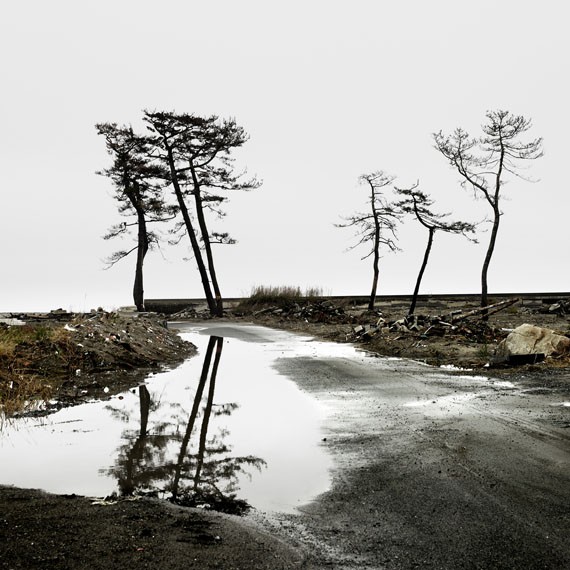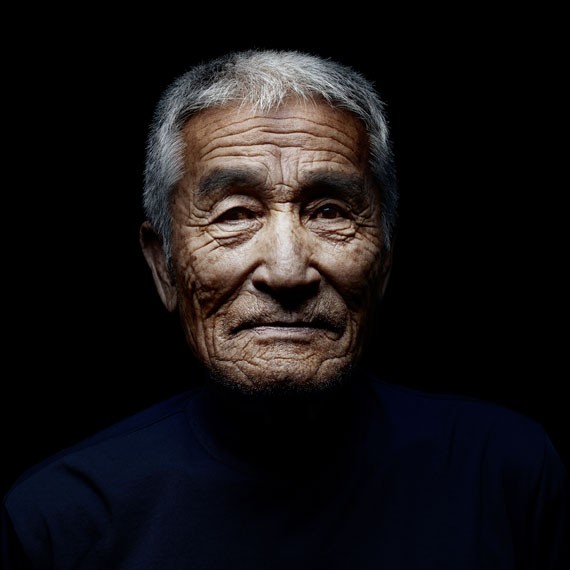Low Tide. Japan after the Tsunami
Low Tide. Japan after the Tsunami
August 4, 2015

Denis Rouvre, Minamisoma
© Denis Rouvre
On 11 March 2011, Japan was hit by the most severe earthquake catastrophe in the country's history. With a vast 9.0 magnitude, the earthquake not only caused a tsunami that devastated Japan's coastal areas, but also instigated a major nuclear accident at the Fukushima power plant. The tsunami claimed 21,000 lives, destroyed 600 kilometres of coastline in the Tohoku area, devastating cities, harbours and entire areas of land. In a radius of 30 kilometres around the nuclear power station, several hundred thousand people were evacuated – losing not only their homes, but also their families, friends and precious memories.
Half a year later, French photographer Denis Rouvre (*1967) travelled to the affected region to bear witness and document the aftermath of the catastrophe. He spoke with the victims and journeyed through the barren landscapes – without an external brief or any specific aim.
His travels resulted in two series – one with poignant portraits of those affected by the disaster, and another with photographs of the abandoned towns and ravaged landscapes. "Low Tide. Japan after the Tsunami" consists of a selection of 29 of these images, now presented for the first time in a German exhibition venue.
For further information visit Kunst der Westküste Museum
Half a year later, French photographer Denis Rouvre (*1967) travelled to the affected region to bear witness and document the aftermath of the catastrophe. He spoke with the victims and journeyed through the barren landscapes – without an external brief or any specific aim.
His travels resulted in two series – one with poignant portraits of those affected by the disaster, and another with photographs of the abandoned towns and ravaged landscapes. "Low Tide. Japan after the Tsunami" consists of a selection of 29 of these images, now presented for the first time in a German exhibition venue.
For further information visit Kunst der Westküste Museum

Denis Rouvre, Minamisoma
© Denis Rouvre

Denis Rouvre, Kouhei Itami
© Denis Rouvre